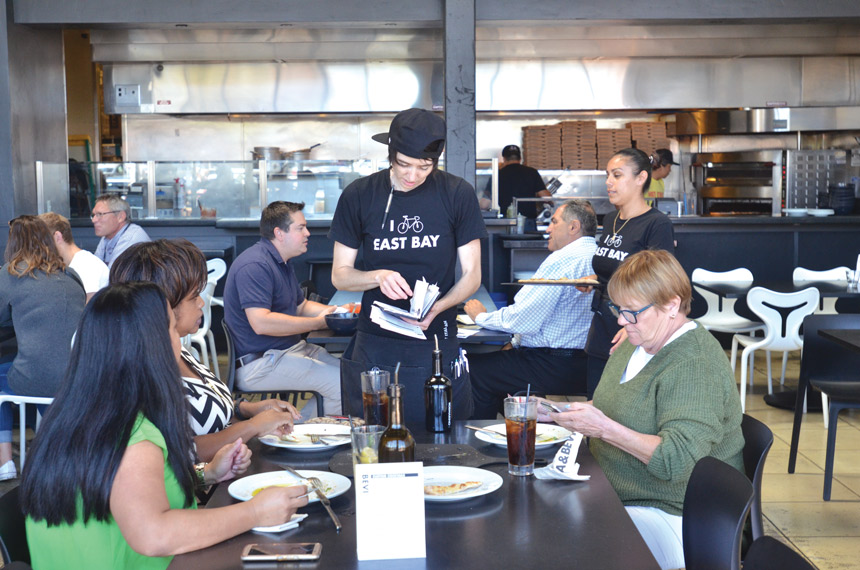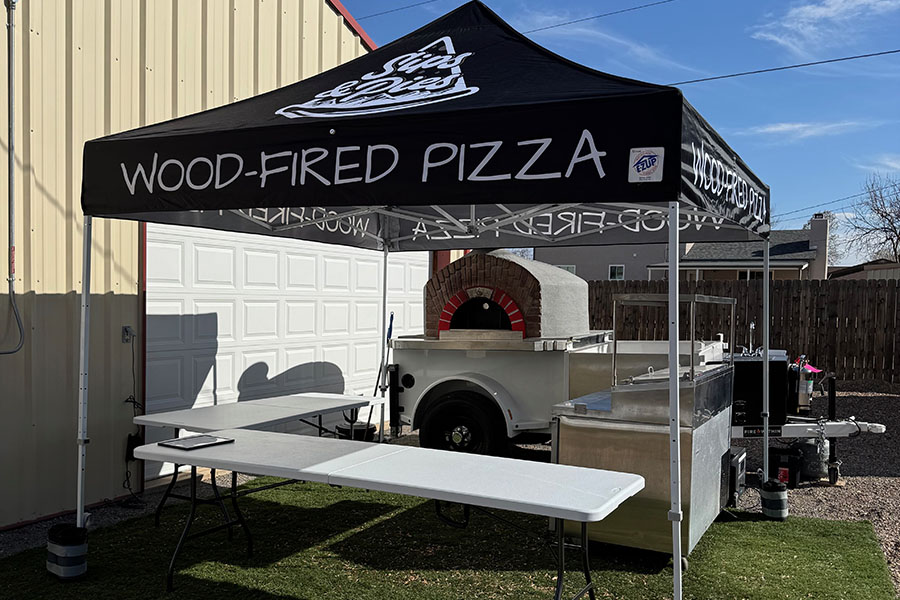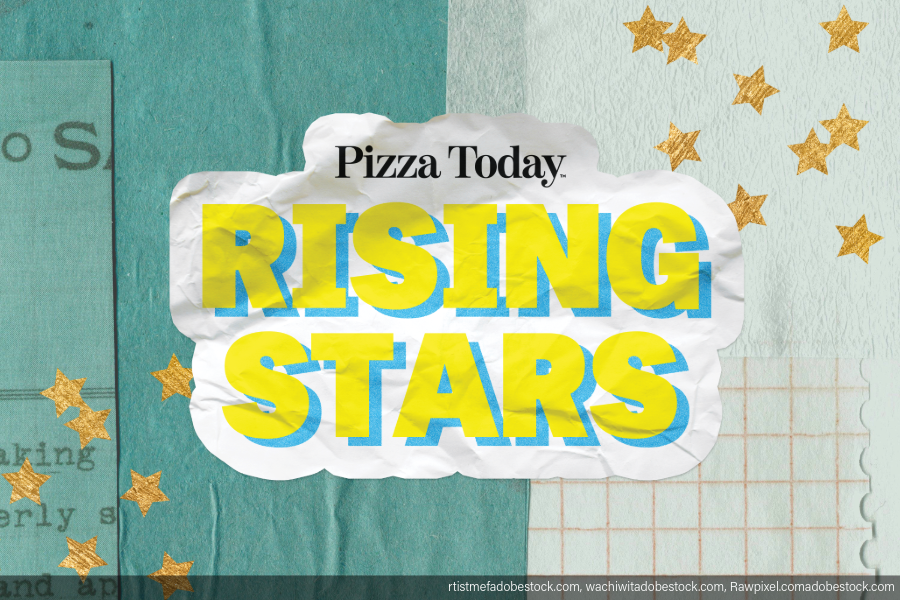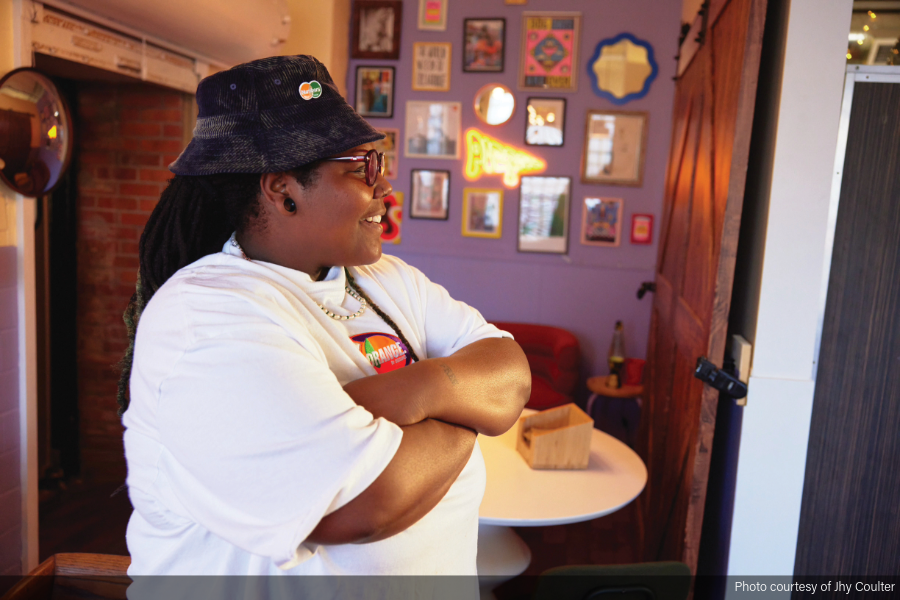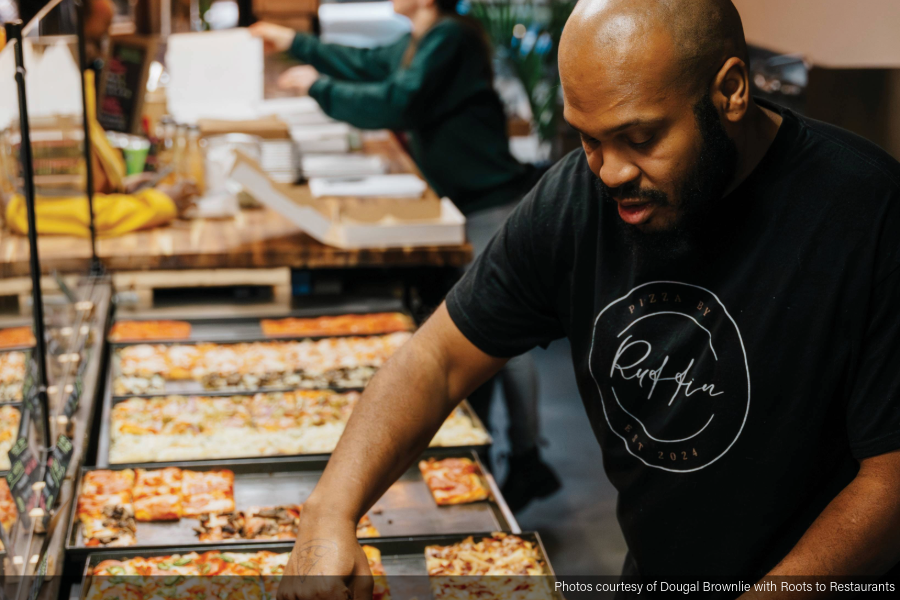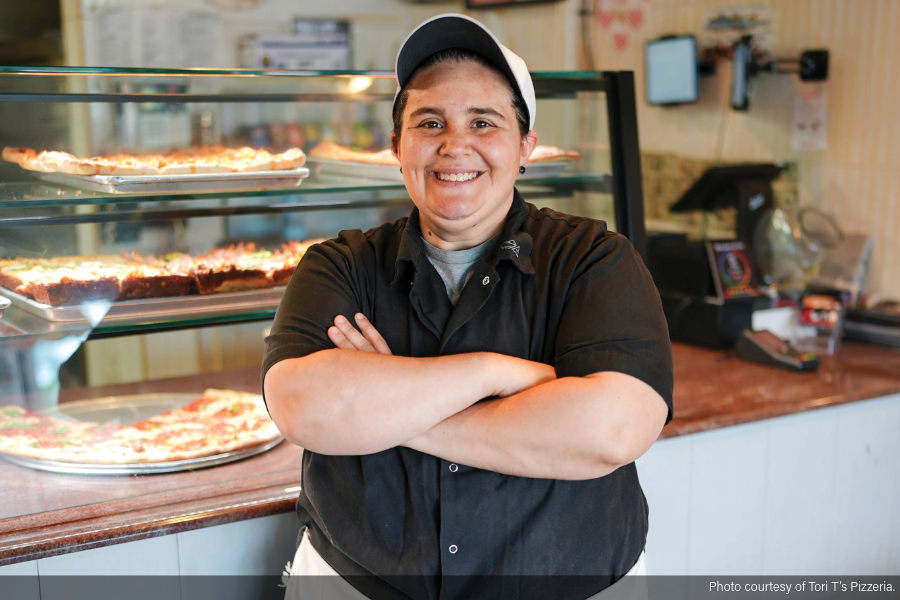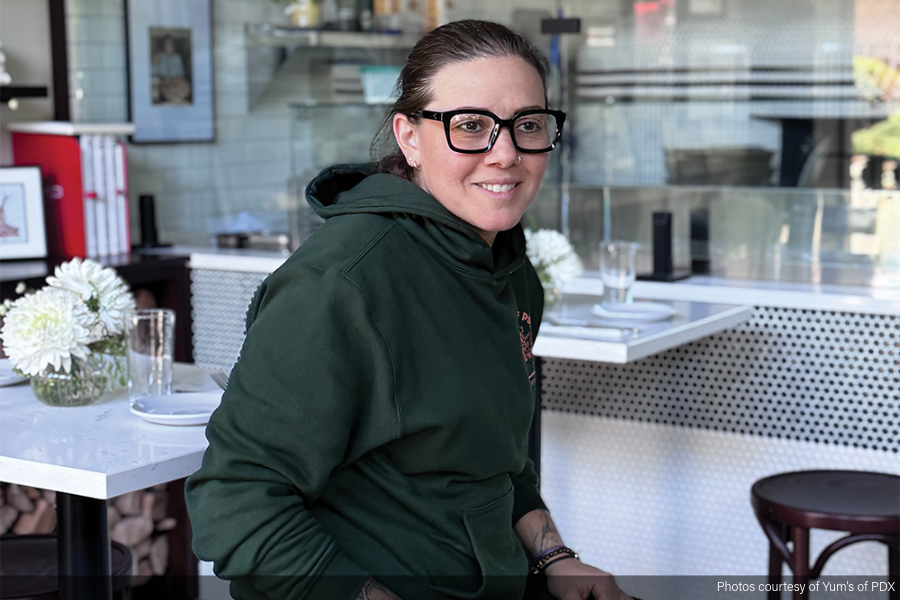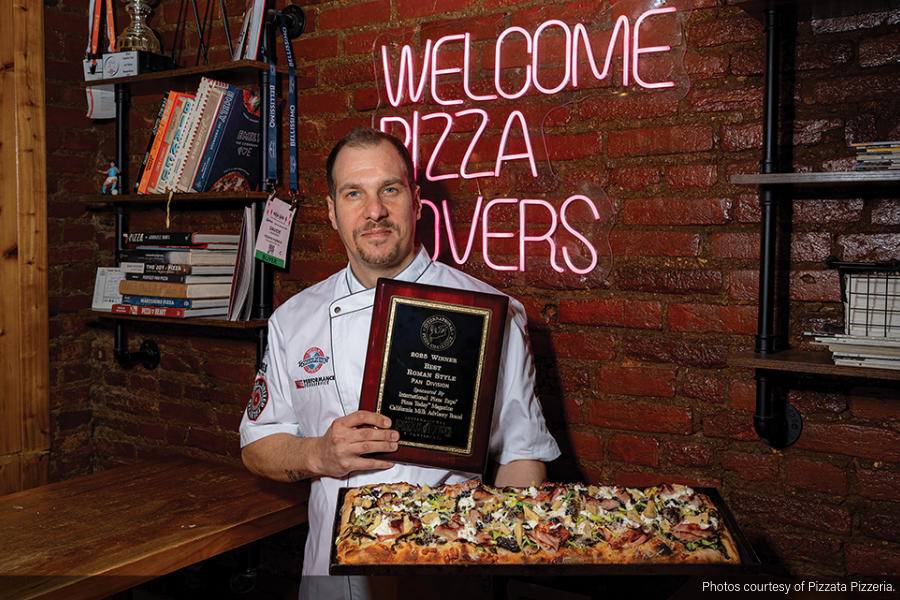Increase service speed without sacrificing customer service

Don’t be the last to leave a party.
Don’t outstay your welcome.
Be a kind and courteous guest.
Although this advice seems more appropriate to house guests than restaurant patrons, in today’s tech-driven world, restaurant operators, servers and staff are asking the question: how do we keep guests from outstaying their welcome?
With restaurant guests, usually every single person at the table (kids included) are armed with smartphones that offer a sheer bevy of entertainment possibilities: games, shows, music, social media, cat (and every other animal imaginable) videos … you name it. Add to the equation the fact that someone is serving them food in an atmosphere akin to eating dinner at their coffee table in front of their television set, without the annoyance of cleanup, and it’s easy to see why they are in no hurry to leave.
“Increasing turnover without minimizing service is all about loosening and removing all bottlenecks,” says Jenny Dorsey, a professional chef and culinary strategist based in New York City. “While the BOH should definitely be making food in a timely manner, you also do not want to push out food so quickly that people feel they are being rushed.”
Dorsey advises that although restaurant staff and management cannot control the fact customers will be distracted by looking at their phones, small things or tweaks can ease up operations, like: giving waiting customers a copy of the menu to read through before they are seated, so they know what to order immediately; stocking a table with a carafe of water so customers don’t need to wait for refills from the servers; eliminating taking leftovers to go.
In order to handle the “ancient art of getting ‘table campers’ out the door” while not offending guests, Hannah Ash, former restaurant manager and current marketing specialist at Graphical Networks, advises restaurant staffs to keep it clear.
“Clear plates,” Ash says. “Clear, clear, and clear some more. Not only does it signal to guests that it might just be time to leave while providing them with a clean table, you’re getting a jumpstart on cleaning and turning the table once they finally do leave.”
She also cautions against seating large tables until everyone in the party has arrived or the guests are ready to order.
“I managed a pizza place that catered to families, and we bent over backwards to accommodate them. Plus side? It helped us,” Ash says. “Things like dropping the check early, with a no-pressure tactic such as, ‘Just leaving this here if you need it — don’t want you waiting on me,’ or even allowing customers to place dine-in orders over the phone, were win-wins for us.”
Instead of fighting technology, operators should use it to their advantage.
“The answer to smartphones causing longer table turn times can be using smartphones or tablets themselves to take orders at the table. Businesses can then collect checks at the table,” says George Csahiouni, co-founder and managing director of TransMerit Merchant Services. “Giving each customer the customized experience of ordering off an electronic tablet menu that will shoot orders directly to the kitchen will increase the efficiency of each order. This will cut down on the turn time for the server running back and forth to create a ticket and will upload each order into the point-of-sale (POS) system.”
Integrating this technology will allow the wait staff the ability to primarily focus all their attention on the customer and their dining experience, adds Csahiouni.
 “Also, a mobile check-out system using a mobile swiper unit each server carries with them, or a tablet at each individual table allowing for mobile check out, would eliminate the wait time of the server having to go back to the POS system, swipe the card and bring the check back to the customer,” Csahiouni says. “Eliminating this wait at the end of each meal will not only decrease turn time, but also eliminate the annoying wait for the customer when they are ready to leave.”
“Also, a mobile check-out system using a mobile swiper unit each server carries with them, or a tablet at each individual table allowing for mobile check out, would eliminate the wait time of the server having to go back to the POS system, swipe the card and bring the check back to the customer,” Csahiouni says. “Eliminating this wait at the end of each meal will not only decrease turn time, but also eliminate the annoying wait for the customer when they are ready to leave.”
Glenn Cybulski, co-founder of Persona Wood-Fired Pizzeria, says technology is an integral part of how Persona connects with customers.
“Persona’s philosophy is to optimize our online phone ordering apps,” Cybulski says. “Through our POS system and loyalty program, we use push notifications of our specials — like our rainy day specials –– and this works. We utilize our mobile app, loyalty program and POS system to drive people in.”
Persona also uses geofencing, a location-based digital marketing tool that lets marketers send messages to smartphone users in a defined geographic area.
“We promote Coke’s app through our specials that our guests receive from us,” Cybulski says. “And if a person is within a certain distance of the store, it will pop up with a special plus a free Coke. Those ads don’t cost us anything; we actually get a rebate from Coke, which goes right back into advertising. The order then pops up through our POS system with the details of the order, the time the person wants it, and then it gets made.”
Flattery with a bribe on the side can go a long way for servers who have tried everything — tech driven and not — and failed to encourage their guests to be on their way.
“If you really need a certain table, offer the customer a freebie, from a drink at the bar to a coupon, if they’ll give up the table. Always make sure they know they’re not obligated to leave, and that they’ll be doing you a favor,” Ash says.
A subtle guilt trip can help, too.
“Politely tell customers at the end of the meal, ‘Thank you so much, please take your time, but so you are aware we do have other customers waiting.’ This expresses the fact you aren’t pushing them out the door, but request their help in keeping wait times reasonable for others,” Dorsey says.
No matter what methods you implement to speed up service, be sure that they aren’t at the expense of good service. Your guests, even the dawdlers, will remember their dining experience. If guests feel rushed, they might not be eager to rush back to your establishment.
DeAnn Owens is a freelance journalist living in Dayton, Ohio. She specializes in features and human-interest stories.
